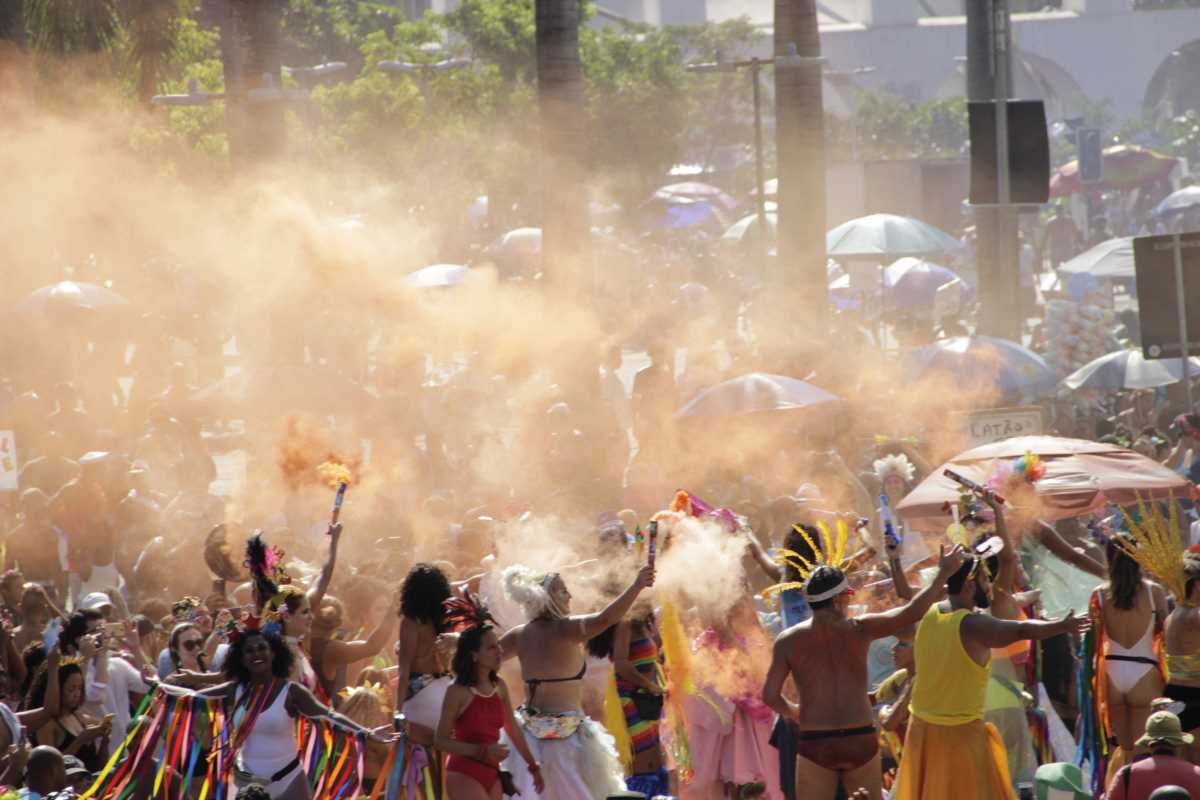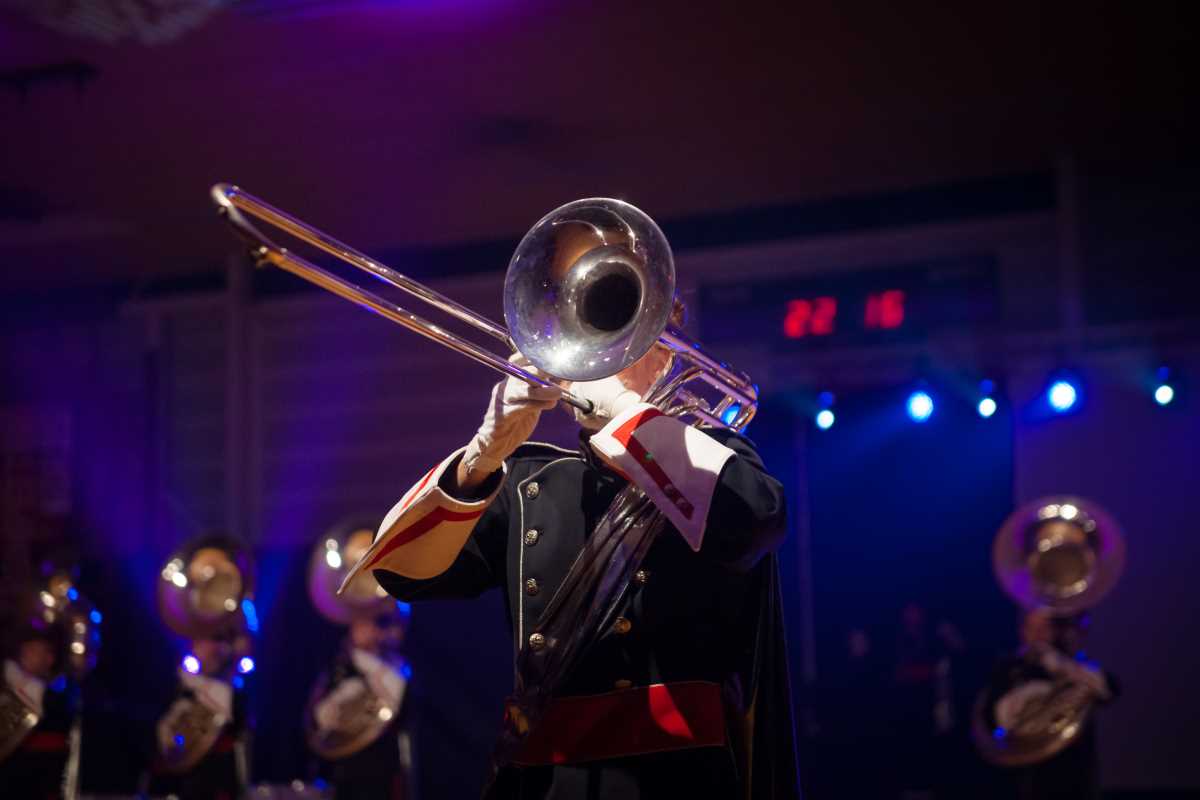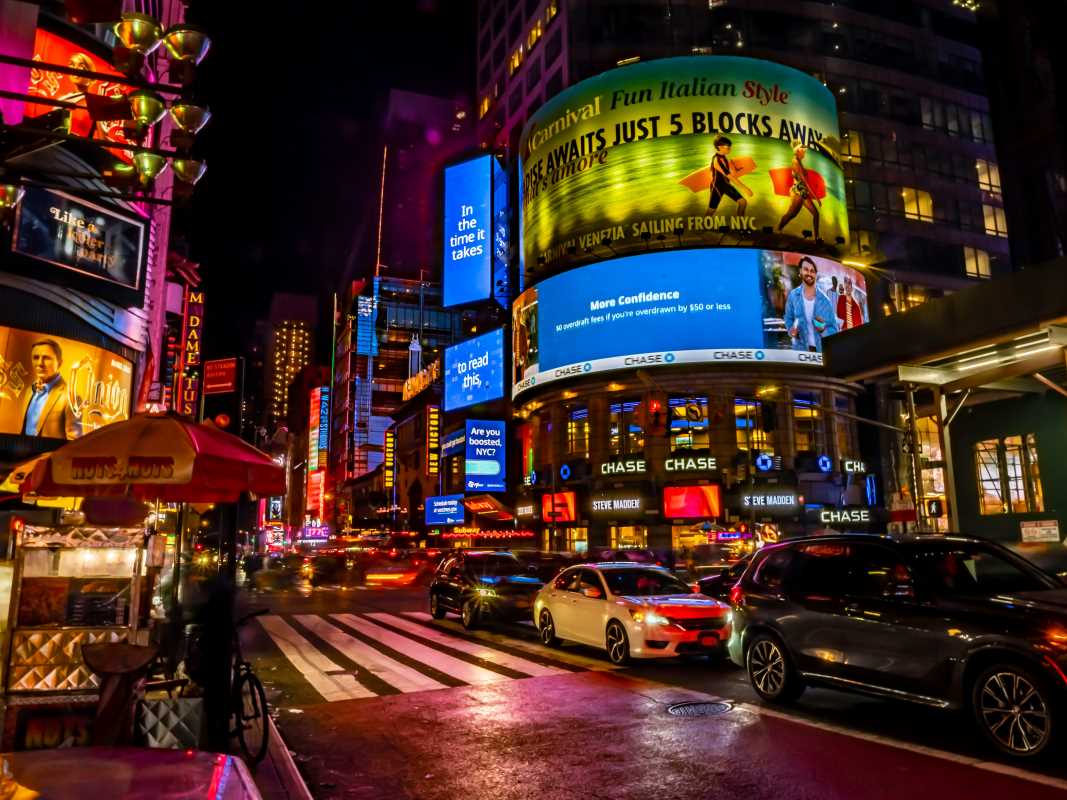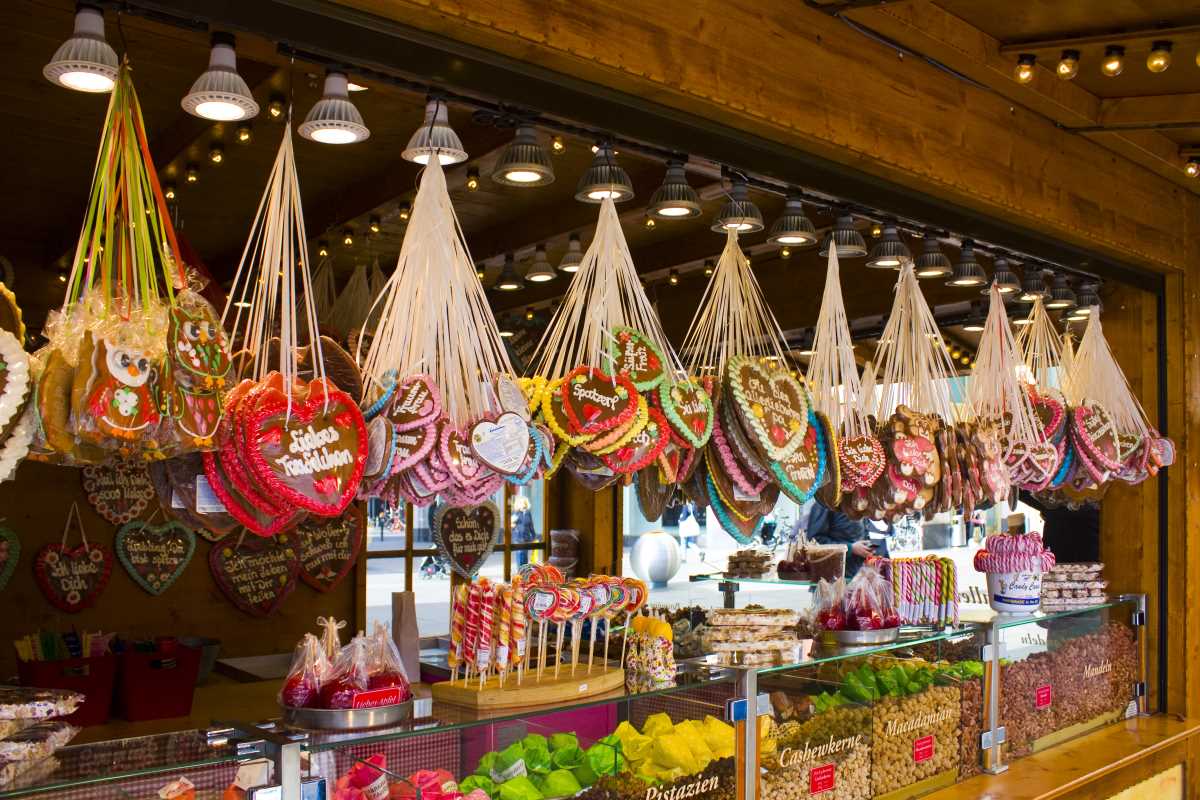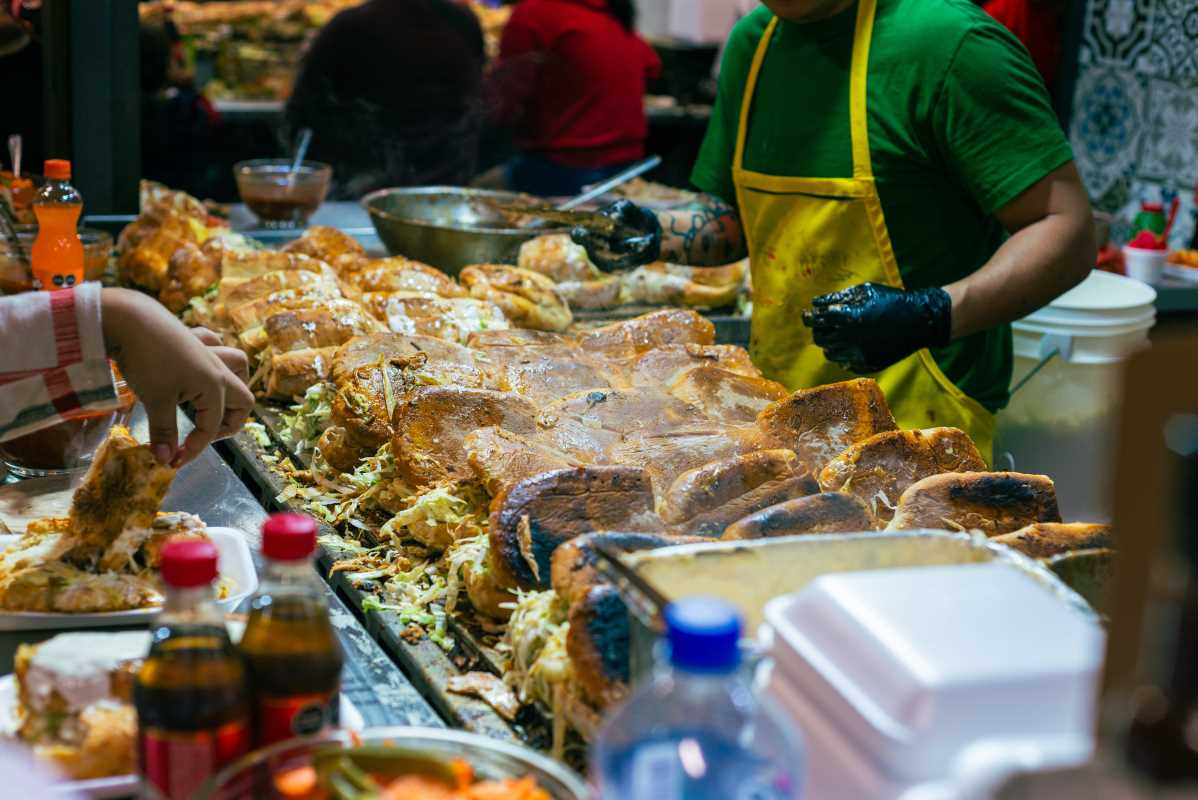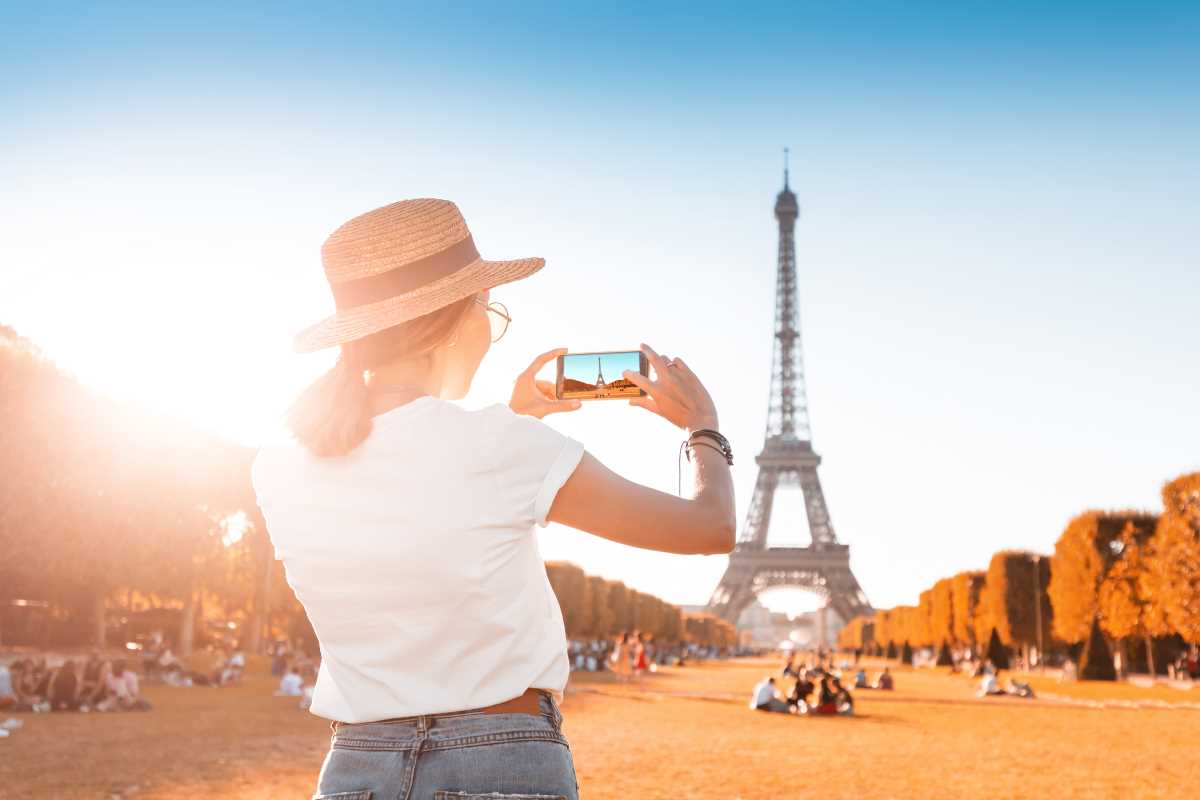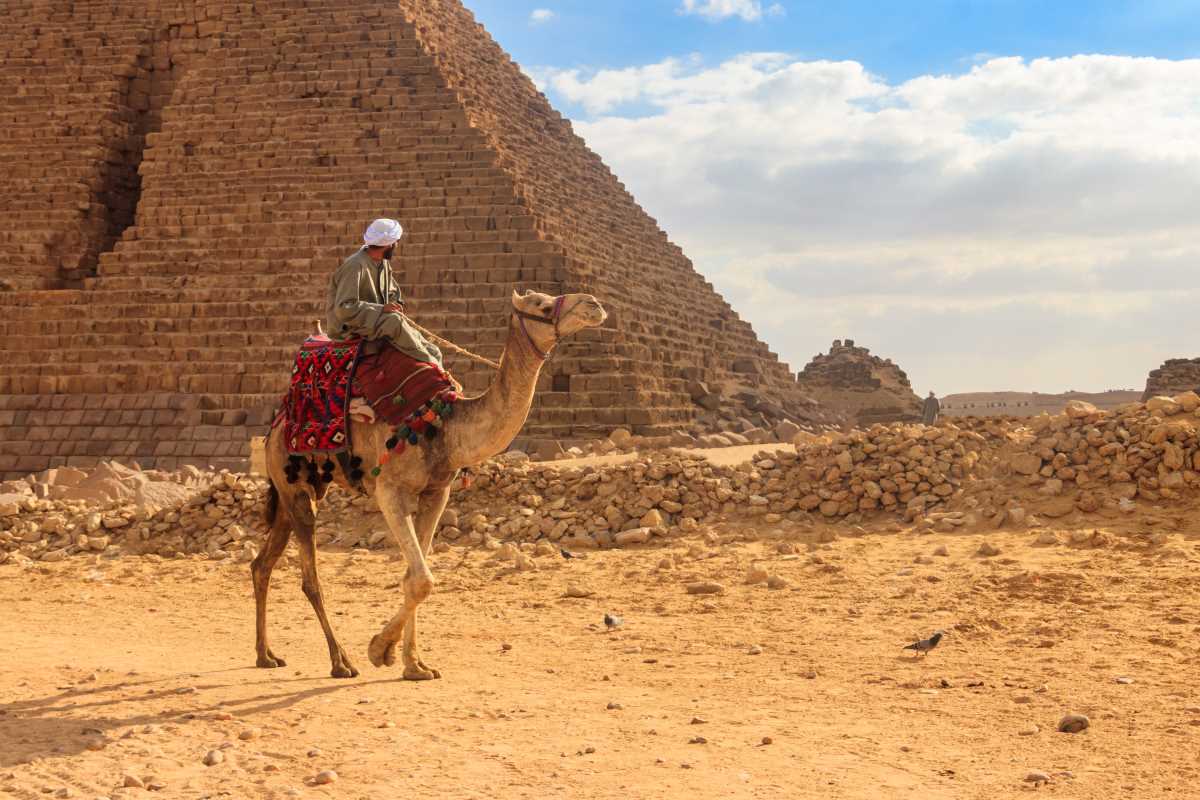Venice transforms into a world of mystery and magic during its world-famous Carnival, or Carnevale di Venezia. The city's narrow alleys and grand canals fill with elaborate costumes, mesmerizing masks, and a spirit of celebration that has echoed through centuries. Get ready to step into a living fairytale where you can witness spectacular water parades and thrilling gondola races. It’s an opportunity to become part of a centuries-old tradition of art, history, and celebration.
We'll explore the history behind Venice Carnival masks, point you to the must-see events, and share tips for making your trip unforgettable. Prepare to experience one of Italy's most enchanting traditions.
A City Behind a Mask: The History of Carnevale
The Venice Carnival dates back to the 11th century, but it reached its peak in the 18th century. It was a time when social norms were suspended, and people of all classes could mingle freely, hidden behind the anonymity of a mask. The mask, or maschera, was the ultimate equalizer, allowing for unrestrained fun and intrigue before the solemn period of Lent began.
Today, the tradition continues with dazzling public events and private masquerade balls. The masks themselves are central to the experience, each with its own history and meaning.
Types of Venetian Masks
When you walk through Venice during Carnival, you will see many types of masks. Each tells a unique story.
- Bauta: A classic Venetian mask covering the entire face, with a prominent chin line that allows the wearer to eat and drink. It was often worn with a black cape and a tricorn hat.
- Colombina: A half-mask that only covers the eyes, nose, and upper cheeks. It is often highly decorated with gold, silver, crystals, and feathers. Legend says it was designed for an actress who did not want to cover her beautiful face completely.
- Medico della Peste (The Plague Doctor): This is one of the most recognizable masks, with its long, bird-like beak. It was not originally a carnival mask but was used by doctors during the plague to hold aromatic herbs they believed would protect them from disease.
- Moretta: A strapless, black oval mask worn by women, held in place by a button clenched between the teeth. This rendered the wearer silent, adding to her mystery.
Finding your own mask is a key part of the fun. You can buy simple ones from street vendors or invest in a handcrafted masterpiece from an artisan workshop, known as an atelier.
Carnevale’s Must-See Events
The Carnival typically runs for about two weeks leading up to Ash Wednesday. While a full calendar is released each year, some events are iconic traditions.
- La Festa Veneziana sull'Acqua (Venetian Festival on the Water): This officially opens the Carnival with a spectacular water parade. Elaborately decorated boats sail down the Rio di Cannaregio, creating a magical floating display. It happens on the first weekend.
- Volo dell’Angelo (Flight of the Angel): A breathtaking event in St. Mark’s Square (Piazza San Marco). An acrobat makes a dramatic descent on a zip line from the top of the St. Mark's Campanile (bell tower) to the center of the square. This takes place on the first Sunday of Carnival.
- Festa delle Marie: This historical procession celebrates the Venetian doge's tribute of dowries to twelve beautiful but poor Venetian girls. You’ll see a parade of young women in stunning Renaissance costumes.
- Gondola Races on the Grand Canal: Experiencing a Venice regatta is a highlight for many. The famous Regata Storica is in September, and smaller gondola races and boat parades are often held along the Grand Canal during Carnival. Check the official schedule for dates and times. These events showcase the incredible skill of Venetian gondoliers.
How to Make the Most of Your Carnival Trip
Navigating Venice during its busiest season requires a bit of planning. Here are some tips to help you have a smooth and enjoyable experience.
Best Viewing Spots
- For Water Parades: Find a spot along the banks of the Rio di Cannaregio. The bridges, like the Ponte dei Tre Archi, offer elevated views but get extremely crowded.
- For the Flight of the Angel: The best view is from inside Piazza San Marco, but you must arrive hours early. Some people prefer watching from the edges of the square to avoid the densest crowds.
- For a Gondola Race Grand Canal: Any spot along the Grand Canal between the Accademia Bridge and Rialto Bridge will offer great views. The Rialto Bridge itself is a prime location.
What to Wear
You don't need a full costume to enjoy the atmosphere, but wearing a mask is highly encouraged! It helps you get into the spirit of Carnevale. Dress in warm layers, as February in Venice can be cold and damp. Comfortable waterproof shoes are essential for walking the city's cobblestone streets.
Budgeting and Avoiding Crowds
- Budgeting: Carnival can be expensive. Book flights and accommodation months in advance for better prices. Enjoy cicchetti (Venetian tapas) and wine at local bacari (small bars) for affordable meals. Many of the best events, like the parades, are free to watch.
- Avoiding Crowds: The biggest crowds are in and around St. Mark's Square and the Rialto Bridge, especially on weekends. To escape the masses, explore the quieter neighborhoods of Cannaregio, Castello, or Dorsoduro. Get up early to see the city before the day-trippers arrive.
Accessibility and Family Fun
- Accessibility: Venice can be challenging to navigate with mobility issues due to its many bridges with steps. However, the main water bus (vaporetto) lines are generally accessible. Many major squares and waterfront areas are flat. Plan your routes carefully using an accessibility map.
- Family-Friendly: Kids love the colorful costumes and festive atmosphere. There are often special events for children, including costume contests and workshops. The water parades are a particular delight for all ages.
A Sample 1-Day Carnival Itinerary
- Morning (9:00 AM): Start by exploring a local mask-making atelier in the Dorsoduro district to see artisans at work. Purchase a simple mask to wear for the day.
- Late Morning (11:00 AM): Head toward the Rialto Bridge. Enjoy the views of the Grand Canal and browse the famous Rialto Market.
- Lunch (1:00 PM): Find a bacaro for a casual lunch of cicchetti and a glass of prosecco.
- Afternoon (3:00 PM): Make your way to St. Mark's Square. Admire the incredible costumes on display and take photos. If you've booked in advance, visit the Doge's Palace.
- Evening (6:00 PM): Enjoy an aperitivo and watch the costumed crowds as evening falls. If a water parade or regatta is scheduled, find your viewing spot along the canal.
- Dinner (8:00 PM): Have a sit-down dinner in the less-crowded Castello neighborhood.
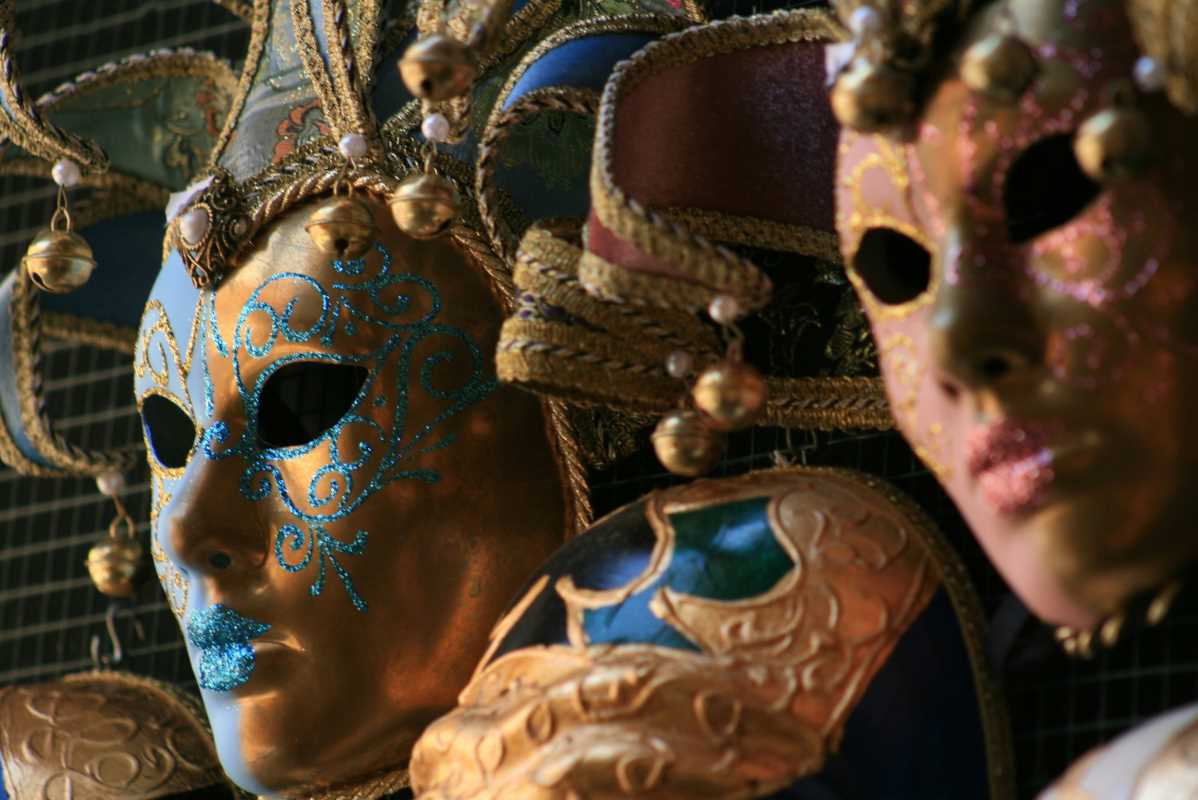 (Image via
(Image via